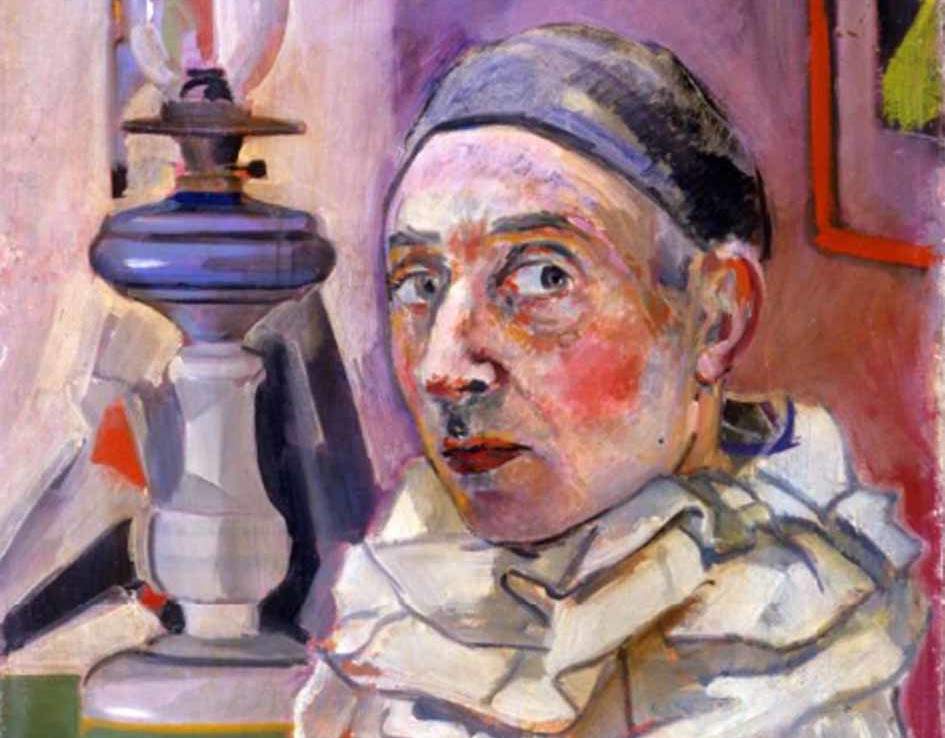On the 50th anniversary of his death, Treviso dedicates a retrospective to Juti Ravenna
From February 3 to May 28, 2023, the Luigi Bailo Civic Museum in Treviso presents the exhibition Juti Ravenna (1897 - 1972). From Annone to Venice to Treviso, curated by Fabrizio Malachin and Eugenio Manzato. On the 50th anniversary of the death of Juti Ravenna, an artist and art critic, the Treviso Civic Museums are dedicating a retrospective exhibition to him at the Bailo Museum, whose Pinacoteca preserves an important nucleus of works.
Ravenna was born in Spadacenta, a hamlet in the municipality of Annone Veneto, in 1987. From a very young age he manifested a strong inclination for painting, expressed in a series of drawings with a classical imprint. A passion that not even the call to the front, in World War I, was able to dampen. This is evidenced by the albums of drawings he made live on the battle lines, drawings that partly flowed into the already autobiographical book Una vita per la pittura published in 1969 and edited by Giuseppe Mesirca, and the Diario di guerra del granatiere Giuriati Giuseppe, with a preface by Luigi Comisso.
Thanks to a leave from the front, he reached Florence, where he came into contact with the painting and writings of Ardengo Soffici and discovered French Impressionism. In 1920 he was again in Venice to attend the Accademia, and already the following year he began to exhibit. In Venice he met Gino Rossi and Pio Semeghini; with Seibezzi he shared his love for the Island of Burano for a long time. His first solo exhibition, in 1924 at Cà Pesaro, was curated by Nino Barbantini. Participations in the Quadriennale and several major exhibitions in Italy and abroad followed. His first Biennale was in 1928, participation punctually repeated until the Second War, to resume in 1949 and again in 1950 and 1972. Meanwhile, he met and frequented Filippo de Pisis, who on his return from Paris was his guest in Venice.
Ravenna’s painting is brought closer to the so-called Venetian post-impressionism that accumulates a generation of young artists gravitating to Venice. His Venetian landscapes of these years, as well as his later Treviso ones, tell of places, lights, and atmospheres by drawing on the poetic rather than the documentary register.
In 1951 he won the Burano Prize with Virgilio Guidi, but by 1948 he had already chosen to leave the lagoon for Treviso. In winter he took refuge instead in Liguria and it was there that he made the Boutiques series. As a critic he intervened in various magazines. In 1943, with Egidio Bonfante, he published 50 drawings by Picasso and, again with Bonfante, in 1952, Arte Cubista.
The exhibition aims to retrace the moments and places of Juti Ravenna’s life and activity.
In fact, the exhibition starts from his birthplace where he was trained and where he made his first experiments in painting by portraying family members and the house where he was born. Unmissable are the drawings executed during the war, testified by the bibliography; it then moves on to his Venetian residences: the studio at Ca’ Pesaro between 1923 and 1928, the one at Palazzo Carminati from 1928 to 1947. Fundamental works such as The Disciple andSelf-Portrait with the Stove, as well as still lifes and views of Venice and Burano, structured compositions with a solid design with which Ravenna approaches Novecentism, are from this period. His relationship with Treviso began well before 1947, when he moved there, and there is evidence of this in some watercolors of 1942 that came to the Museum with the Luccini bequest: characters and views of Treviso constitute, together with Boutiques and some Ligurian landscapes, the last part of the exhibition.
Image: Juti Ravenna, Self-portrait as Pierrot (puffin?), detail
 |
| On the 50th anniversary of his death, Treviso dedicates a retrospective to Juti Ravenna |
Warning: the translation into English of the original Italian article was created using automatic tools. We undertake to review all articles, but we do not guarantee the total absence of inaccuracies in the translation due to the program. You can find the original by clicking on the ITA button. If you find any mistake,please contact us.




























